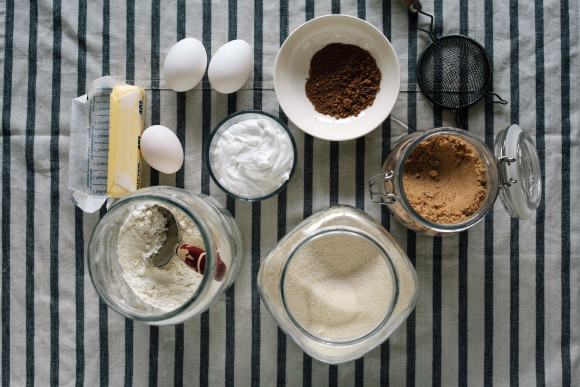Why do brands write content? While for some the creative process is a fun challenge, the idea behind having a platform to share original content is truly a strategic move. Brands want people to visit their website.
There is opportunity every time someone clicks over to a website. Brands have the chance to create a loyal fan or customer, someone who will engage and keep coming back. By sharing original content, brands draw people in while showcasing their expertise.
So it makes sense, then, for culinary brands to showcase their expertise in the exact area of their calling: food—and in particular, recipes.
 We live in a Pinterest-perfect world, a popular curation network with a cool 70 million users (and growing). The average user spends over an hour-and-a-half per month on the social network. It is the go-to resource for ideas on fashion, DIY, decor and, yes, recipes.
We live in a Pinterest-perfect world, a popular curation network with a cool 70 million users (and growing). The average user spends over an hour-and-a-half per month on the social network. It is the go-to resource for ideas on fashion, DIY, decor and, yes, recipes.
Of the 50 billion pins on Pinterest, 5.7 billion are food-related. Recipes are clearly valuable content. As long as people need to eat, recipes will be a source of evergreen content for a food brand. A simple recipe can be sought on the internet, thanks to websites like Pinterest, for years to come.
People are seeking food content ravenously, but this is not a new trend. Food and recipes have always gone hand-in-hand, and back in 1891 August Oetker capitalized on this symbiotic relationship. A pharmacist by profession, Dr. Oetker’s goal was to sell bicarbonate (baking powder). He realized the best way to market this compound was to show customers how to use it on an everyday basis in cooking. So, Dr. Oetker started printing recipes on the side of his baking powder boxes, becoming the first to do so.
This is a practice still commonly used today. Recipes are printed on bags of chocolate chips, flour and pasta. It gives everyday grocery shoppers exactly what they need to know to use the food item they pick up at the store.
Creating recipes gives brands the opportunity to show consumers exactly how to use their product, and it’s a successful tactic. A recent case study of Randall Beans found that, by creating quality recipes with visually appealing images while also leveraging social media platforms like Facebook and Pinterest, the company increased its web traffic by 43% and its pageviews by 64%.